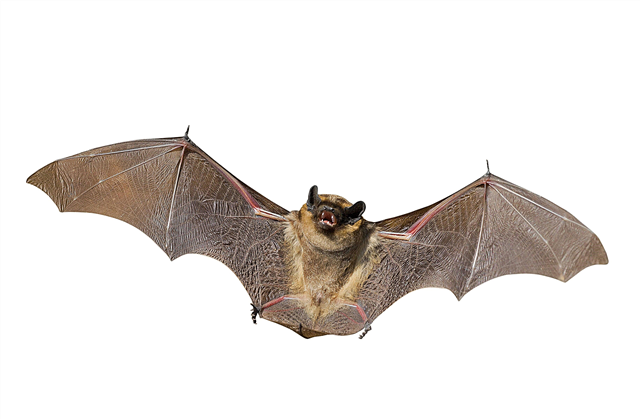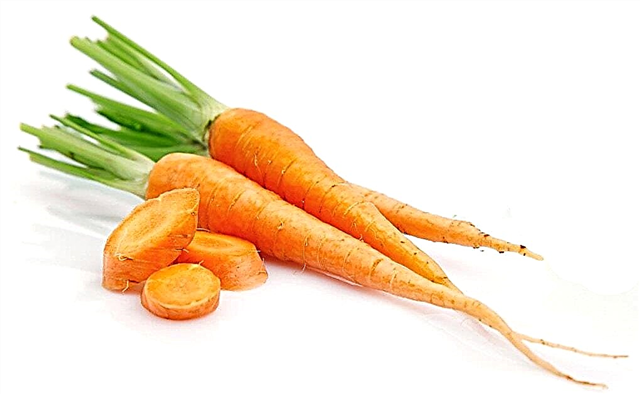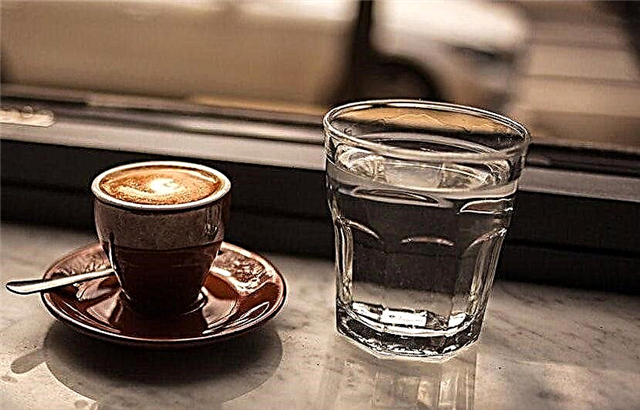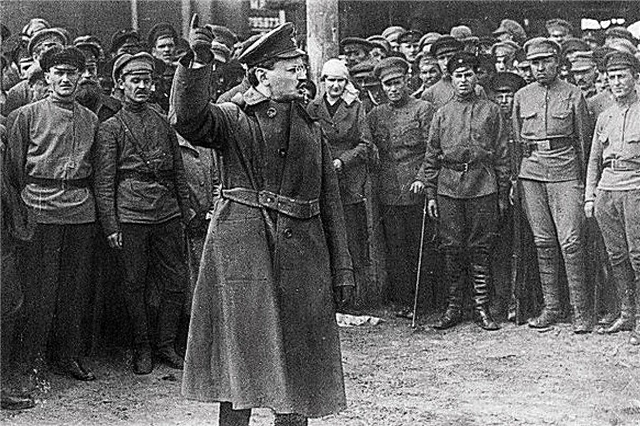
Butter is a food product that is made by separating or churning cream obtained from cow's milk or milk of other cattle and small cattle. It is used to prepare a variety of dishes in combination with other food products.
It is not known when butter was first invented, but methods for its preparation were known. 6 thousand years ago. As evidenced by the records of his recipes on ancient parchments, stone tablets and manuscripts. On the territory of modern Russia and the CIS countries, it gained wide distribution already in the 9th century of our era. They began to make it in every house where there was cattle and sell it to everyone who wants to try an amazing product.
Therefore, today it can be easily found on a sandwich under a sausage or in a plate with hot dumplings. And every time you spread a slice of bread, you ask yourself, how is butter made?
What is butter made of?
To get butter, you need to use fresh milk. For some time it has been processed using special technologies, as a result of which high-quality oil is obtained. The home and factory cooking methods differ only in the use of special equipment, depending on the production capacities. The process itself always remains the same.
Interesting Facts: In Russia, it was previously believed that if on a certain day you feed the cow with grass, then the oil will turn out to be golden in color. Therefore, on May 23, every self-respecting owner of domestic cattle tried to feed their cows with yellow grass, while speaking it with magic words.
Cooking Butter

At the farms, fresh cow milk cooled to 3.5 ° C is bought and brought to the factory. Lowering the temperature is necessary to prevent the development of sour milk bacteria and premature spoilage of raw materials. For milk to be taken for cooking butter, it must have a fat content of at least 4%. This is achieved by the fact that cows on the farm are subjected to a special high-calorie vegetarian diet, as a result of which milk is obtained of the required quality. In equipped laboratories, it is examined for fat content, the presence of bacteria, parasites and toxins. After receiving the results, the raw material is sent to the cleaning stage, where it is filtered from impurities, large and small debris. All conditions are created for long-term storage and, if necessary, the rapid start of the preparation of butter.

Before starting production, milk is heated to a temperature of 50 ° C. To do this, it is pumped through the pipeline system into a special container equipped with hidden heating elements. The process takes place gradually so as not to accidentally spoil the raw materials. After reaching the required temperature, milk is sent to the separator.In a closed container at high speeds (1500 rpm), an aluminum blade rotates, which whips and separates fat cream and skim milk from small portions of milk.

Cream with a fat content of 40% for a long time defend in closed stainless containers. After that, they are sent to an oil mill, where a huge drum rotates at a speed of 900 revolutions per minute and whips them until an oil with a fat content of more than 80% is obtained. Under the influence of rotation, the reaction of fat, water and air, of which the cream consists.
Fat globs beat against each other, lose their shell and stick together into a single mass. To the resulting oil, if necessary, salt and other excipients are added to obtain specific tastes. But most often, manufacturers are limited only to salt.
Quality control and packaging

Samples of finished products are taken to the laboratory, where they are checked for compliance with standards. After obtaining positive results, the oil is packaged in paper with a layer of foil. Such packaging is denser and helps protect the oil from escaping when heated from elevated temperatures, ingress of water or other liquids. Also, the foil protects the oil from sunlight, under the influence of which it is oxidized.
Interesting Facts: Winter milk oil is much lighter than summer milk. This is because the color gives vitamin A, which is enriched with fresh summer grass.
The production of butter does not require much effort and expense. It can be prepared without problems in the factory and at home.To do this, fresh fat milk must be cleaned and shaken well. The result is a delicious oil that will appeal to every gourmet.












